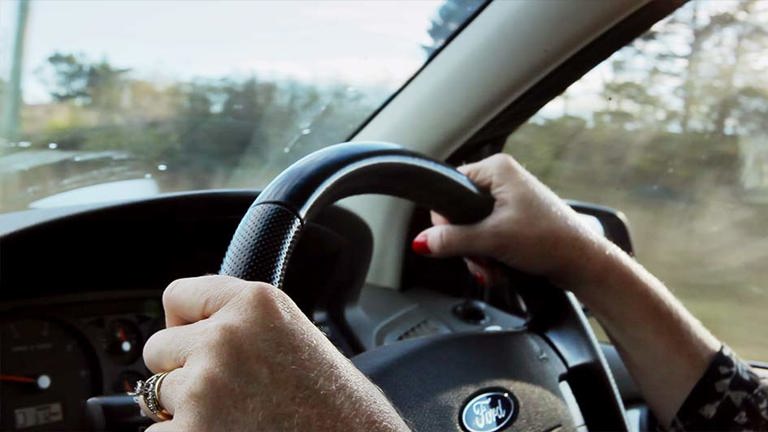In the event of an emergency, it pays to be prepared. Having an emergency and evacuation plan in place for you and your family could be the difference between finding safety or total disaster.
If you’re looking to create your own emergency and evacuation plan but you’re not quite sure where to start, we’ve pulled together five steps to follow so you and your family can be prepared in the face of an emergency.
Step 1: What emergency are you planning for?
Depending on where you live, your home might be more prone to certain types of severe weather events or natural disasters. This will likely impact what you include in your emergency plan and how you get prepared. With this being said, the first step in creating an emergency and evacuation plan is to know what you’re planning for so you can identify and better understand the hazards you may be likely to encounter.
Some of the most common weather events and natural disasters to strike around Australia include:
- flooding;
- bushfires;
- severe storms; and
- tropical cyclones and storm surges.
Step 2: What to include in your plan
Now that you know what you’re planning for, you can get onto drawing up your emergency and evacuation plan. There are a number of different government resources available online to help you create your own emergency and evacuation plan, including the Queensland Government’s Get Ready Plan, the Australian Red Cross Emergency Rediplan template and the Victorian SES’s flood and storm emergency preparedness booklet.
When writing your emergency plan, it’s well worth including the following important information:
- family / household members names and contact details;
- list of medical conditions, including medication details like name, dosage and frequency;
- household members that require special assistance;
- pet details and any medications;
- emergency contacts (doctor, vet, neighbours, kid’s school, local council, workplace, utility companies etc);
- all insurance details;
- household safe meeting point; and
- emergency evacuation kit location.
Once you’ve created your emergency plan, make sure you share it with everyone in your household so they also know what to do in the event of an emergency. If you have elderly neighbours it could also be worth including them in your plan in case they need assistance. Be sure to review your plan annually or when you move house to keep important information up to date.
Step 3: What to pack in your emergency evacuation kit
As well as an emergency plan, it’s important to have an emergency kit that’s ready to go at all times and easy to grab in a hurry. When finding a place to store your emergency evacuation kit, try to put it in a spot that’s easily accessible to all family members.
Here are a few items that should be included in your emergency kit:
- battery powered radio with spare batteries;
- torches;
- device chargers and portable power banks;
- mobile phone;
- non-perishable food items;
- bottled water;
- spare medication and prescriptions;
- travel size toiletries;
- change of clothes and comfortable shoes;
- blankets;
- first aid kit; and
- pet essentials.
Step 4: What to do in an emergency
If you do find yourself in an emergency situation, there are a few things you can do to keep yourself and your family abreast of the situation.
Firstly, tune into your local ABC radio station for emergency advice and updates. The ABC is Australia’s official emergency broadcaster, providing essential real-time information as well as key alerts and warnings. You can find your local ABC Radio frequency by searching for your location on the ABC frequency finder tool. It’s worth noting this frequency down on your emergency plan and even sticking a copy to your fridge.
Secondly, make sure you evacuate when you think it’s appropriate. Don’t wait for an evacuation announcement or for the emergency to knock at your door or you could miss your opportunity to move out safely. If you think you and your family are in immediate danger, leave.
Thirdly, know who to call in the case of an emergency. If you find yourself in a life threatening situation, always call Triple Zero (000). For all non-life threatening emergency assistance in times of disaster, you should contact the State Emergency Service (SES) on 132 500.
Step 5: Make sure your home is prepared
Depending on what type of natural disaster or weather event you’re at risk of, there are a number of different mitigation strategies and some household general maintenance you can implement now to protect yourself, your family and your home against potential emergencies.
Is your home protected from natural disasters and severe weather events with home and contents insurance? If so, make sure you have the right coverage and enough insurance to cover the cost of rebuilding or replacing all of your items. Check your PDS to see what events you’re covered for and what additional optional covers might be available.
When it comes to emergencies, you can never be too prepared. Having an emergency and evacuation plan in place ahead of time can make a huge difference when faced with a disaster. If you’re on the lookout for home insurance, Youi’s range of home and contents insurance offerings may help protect your home and belongings against severe weather events and natural disasters.
The information in this article is general advice only and may not apply to all emergency scenarios. Professional assistance or training should be sought prior to applying any information in this article.




